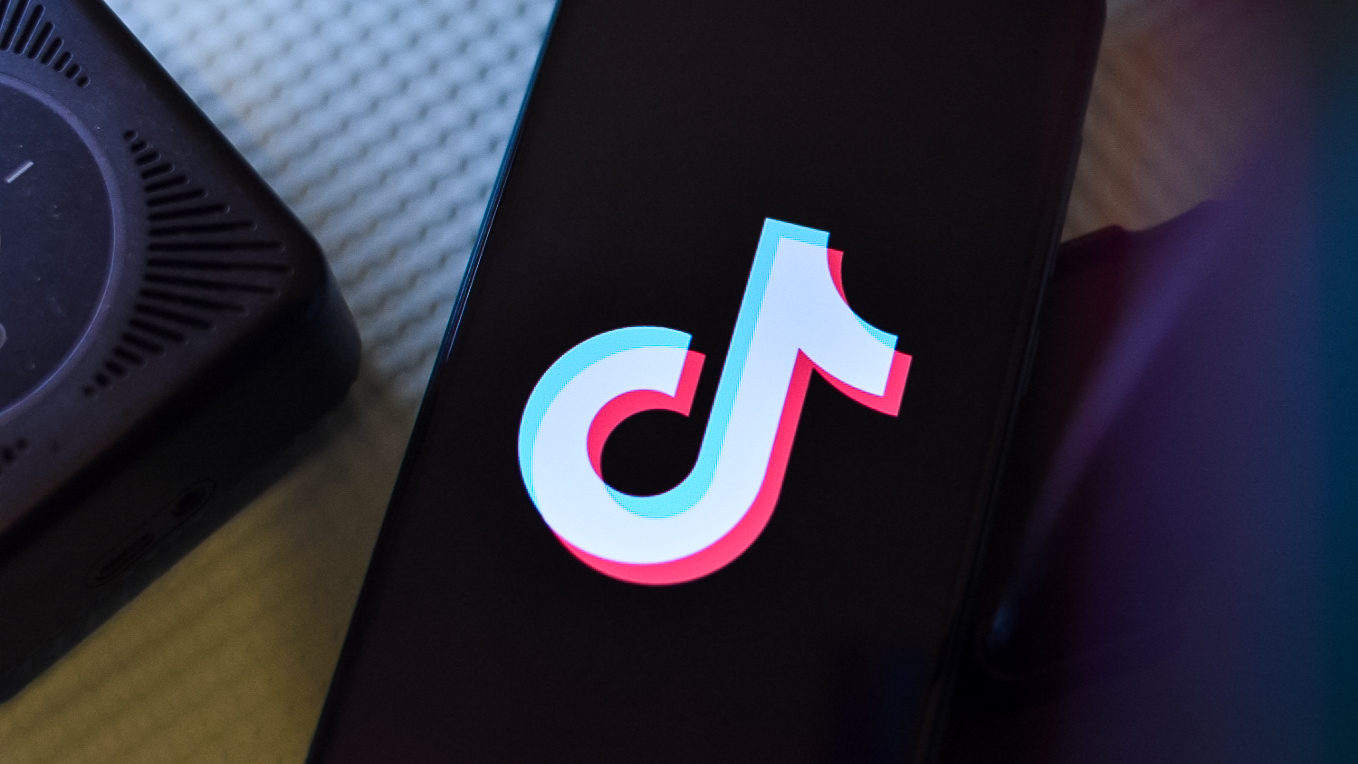Maybe fitness bands don't need built-in GPS after all
The Fitbit Charge 6's GPS issues make me more likely to rely on my phone's GPS instead, and save the battery life.
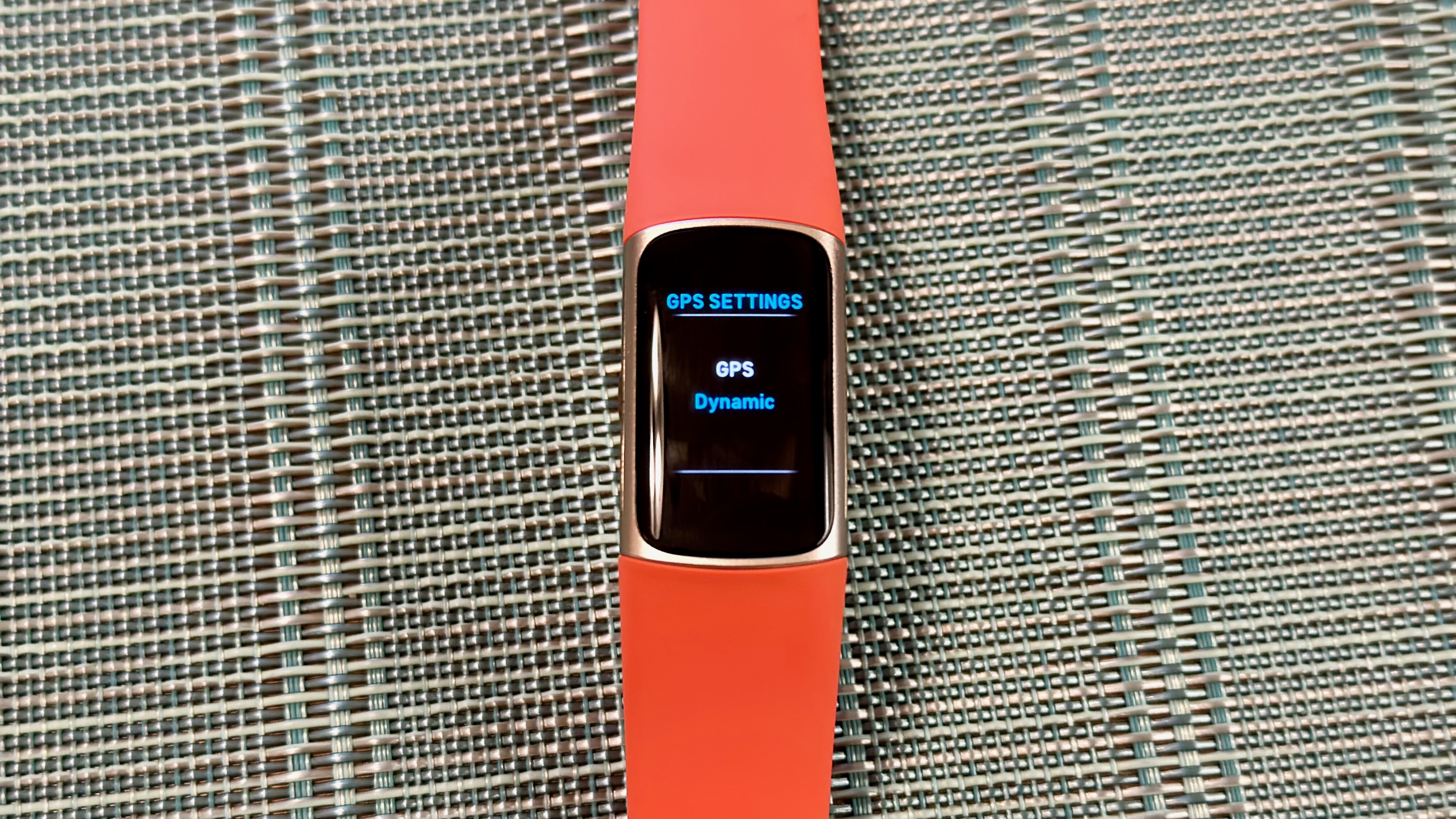
Weeks into testing the Fitbit Charge 6, it's lived up to my expectations for a fitness tracker. It's much more comfortable than any running watch for sleep tracking, the Google integration is a nice bonus, and the simple UI makes it easy to find whatever info I want. Only one major "perk" hasn't lived up to my hopes: the built-in GPS data.
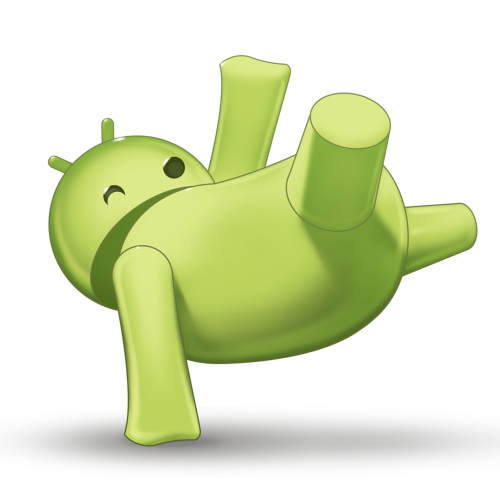
In his weekly column, our Senior Editor of Wearables and Fitness Michael Hicks discusses the world of smartwatches, apps, and fitness tech related to running and health, in his quest to get faster and more fit (and help you do the same).
Fitness bands have gotten more and more advanced over time. Just look at the Xiaomi Smart Band 8 and the number of features it has packed in for $40. But one consistent downside to the 1-inch tracker form factor is that they don't usually have enough room for a functional GPS antenna, nor the battery capacity to maintain the connection for long. They always rely on a smartphone.
Fitbit changed this with the Charge 5, the first non-watch fitness tracker to let you leave your phone at home when tracking workouts. Charge 5 owners quickly noticed, however, that it had trouble establishing a GPS signal when they wore it snugly on their wrists. Your own body blocks the connection.
Fitbit's GPS troubleshooting page recommends "loosening the band 1 notch" if the Charge 5 (or 6) can't connect. What this solution disregarded was that you needed a snug fit to get a proper heart rate reading for workouts! You're trading one important metric for the sake of another; of the two, I'll prioritize heart rate data over GPS data every time.
Fitbit designed the Charge 5 before the Google acquisition and evidently knew about this issue. I had firm hopes this team-up would lead to a new solution with the Fitbit Charge 6.
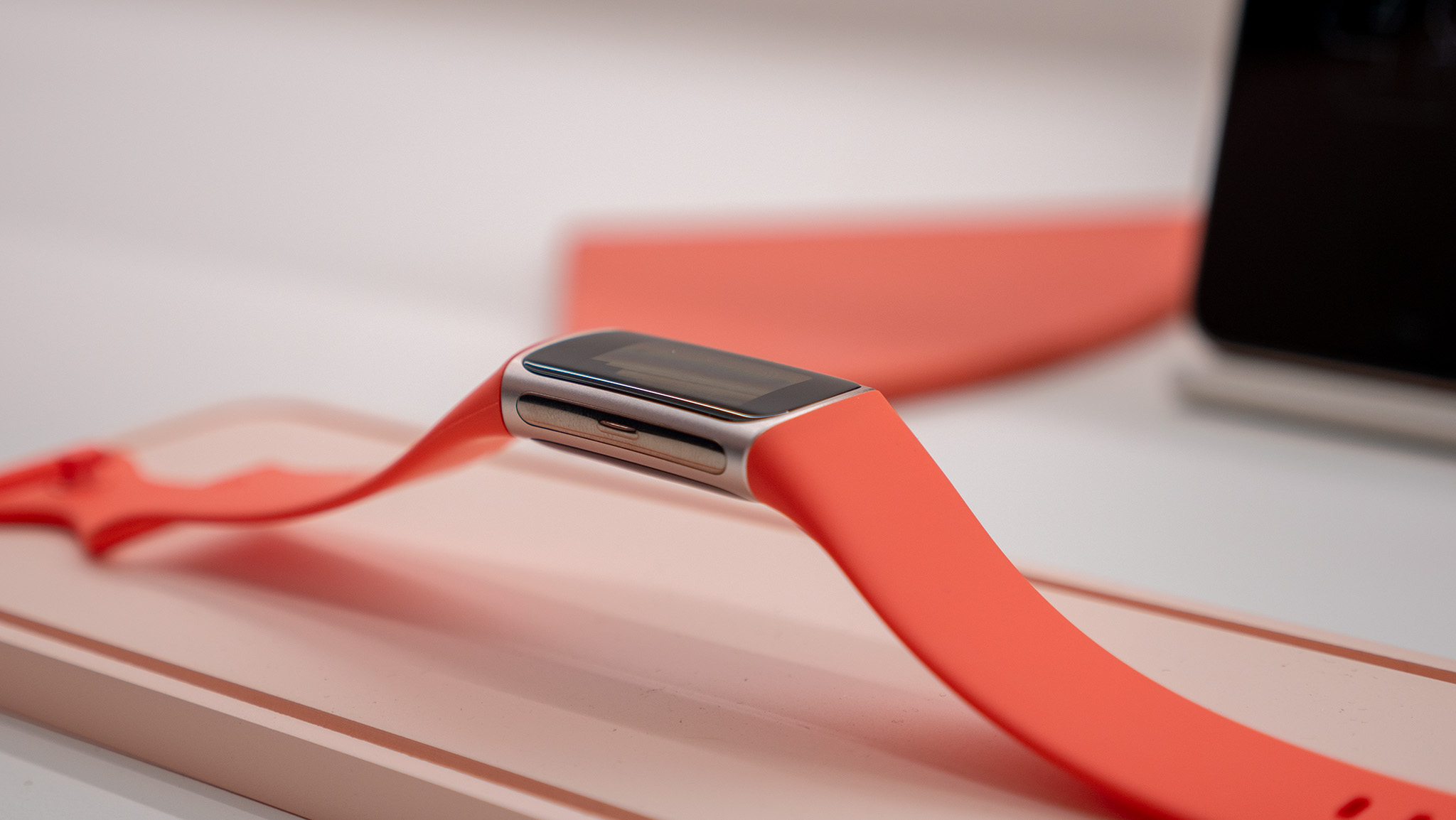
Google's solution, according to its press release, was to make "heart rate tracking during vigorous activities...60% more accurate than before." The implication is that if your tracker doesn't stay firmly attached to your wrist during HIIT activities with rapid arm movements, it'll still give you reliable heart rate data. So, in theory, you can wear the tracker loosely for the sake of GPS accuracy now.
As for the antenna, DC Rainmaker reported that the "antenna design was not changed" between the Charge 5 and 6. One can assume, since Fitbit isn't telling, that the unchanged design between the two trackers left no room to improve it — or that they didn't see fixing it as a priority.
Get the latest news from Android Central, your trusted companion in the world of Android
How accurate is the Fitbit Charge 6's GPS? The answer is more complicated than I expected.
Other sites have reported serious issues. DC Rainmaker says that "unless worn at the absolute loosest level (hilariously loose), GPS simply won’t stay locked on." Coach claimed "the built-in GPS is useless" and frequently showed him running well off the beaten path. A Wareable guide on "how to boost GPS accuracy" instructs you on how to switch from Dynamic GPS — which uses both the Charge 6 and your phone's GPS data — to Connected GPS, which gave them better results. In other words, you "fix" the Charge 6 GPS by not using it at all.
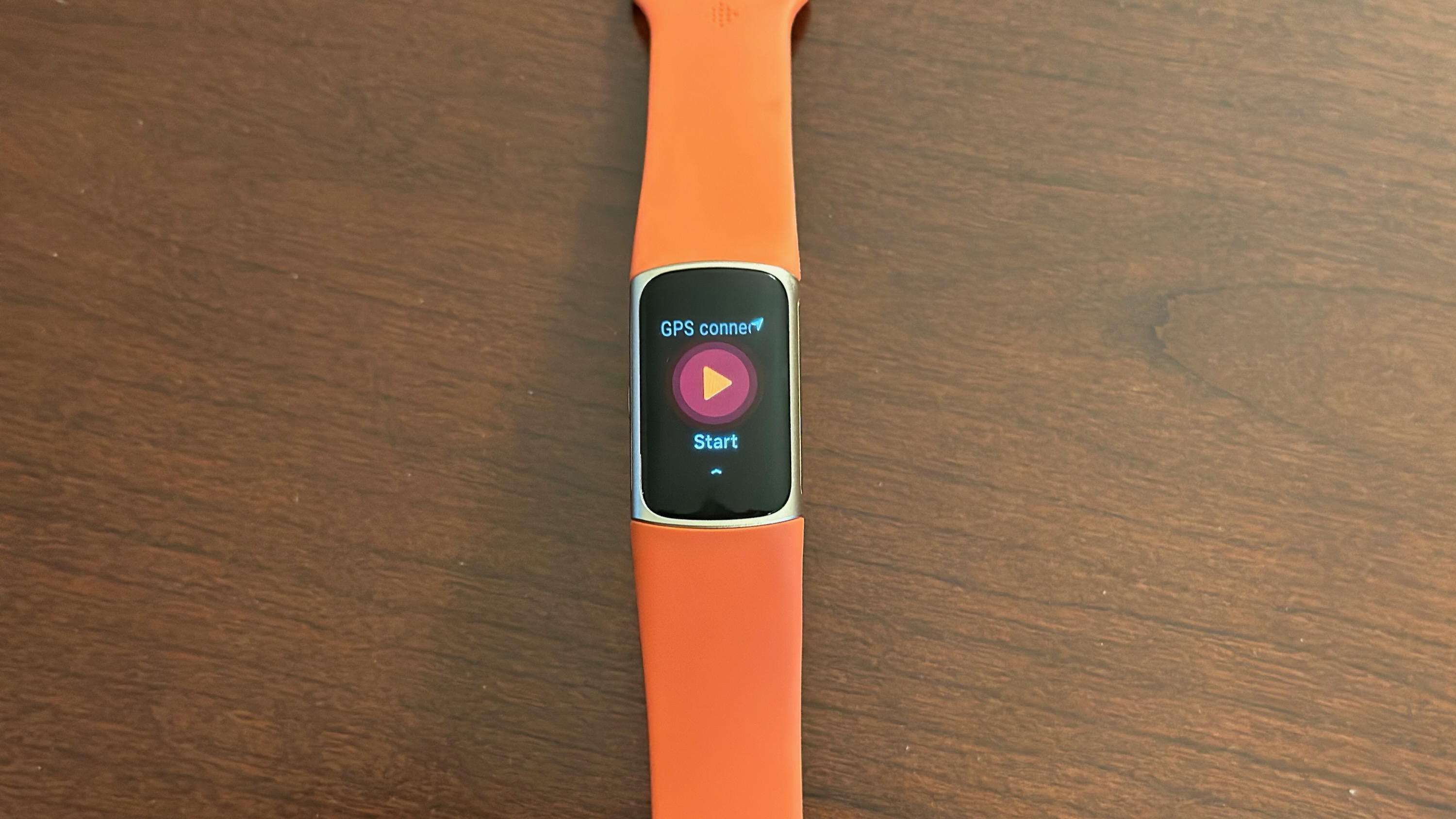
My experience with the Fitbit Charge 6 GPS was much less doom-and-gloom; despite that, I wouldn't necessarily call it "good."
In my testing, I stuck with the default Dynamic GPS and didn't bother wearing the Charge 6 like a loose bangle. Runners don't want something hopping around on their wrist, so I stuck with a comfortably snug setting to see if it could handle it.
For some runs, the GPS connected in seconds, including when I wore it at the tightest possible setting. Other looser fits would see me waiting anywhere from 30 seconds to several minutes, for no apparent reason.
Compared with my Garmin Forerunner 965 on dual-frequency GPS settings — which I've found highly accurate in testing, and serves as my baseline for other reviews — the Fitbit Charge 6 alternated between closely matching its results and widely overestimating my distance:
- October 15: 3.1 (Fitbit) vs. 3.11 (Garmin)
- October 21: 4.2 (Fitbit) vs. 4 (Garmin)
- October 23: 2.89 (Fitbit) vs. 2.67 (Garmin)
- October 25: 3.31 (Fitbit) vs. 3.11 (Garmin)
- October 27: 5.03 (Fitbit) vs. 5.0 (Garmin)
- October 28*: 6.09 (Fitbit) vs. 6.2 (Garmin)
Most of these runs took place on city streets or at a local park with minimal tree cover, so any discrepancies should have nothing to do with blocked satellite signals. I suspected that the issue might stem from elevation changes, since the Charge 6 has no altimeter and my 10/23 and 10/25 runs were on especially hilly routes. But so was my 10/27 run, and the two devices were nearly perfectly synchronized the entire time, which nixed that theory.
When running on my local track, my Fitbit post-run map honestly looked about as good as any other GPS-only tracker, with some straying into outside lanes on the curves but otherwise on point for the straightaways.
For my most recent run (starred above), I switched from dynamic GPS to built-in GPS to see if it did any worse, wearing it one notch looser than usual but still comfortably stuck to my skin. It was the only run to underreport my distance, but otherwise fell close to Dynamic settings for accuracy, and only fell 1bpm short of my Garmin heart rate average (perhaps thanks to Google's algorithm tricks). I only lost the GPS signal once when going under an overpass, and it reconnected immediately.
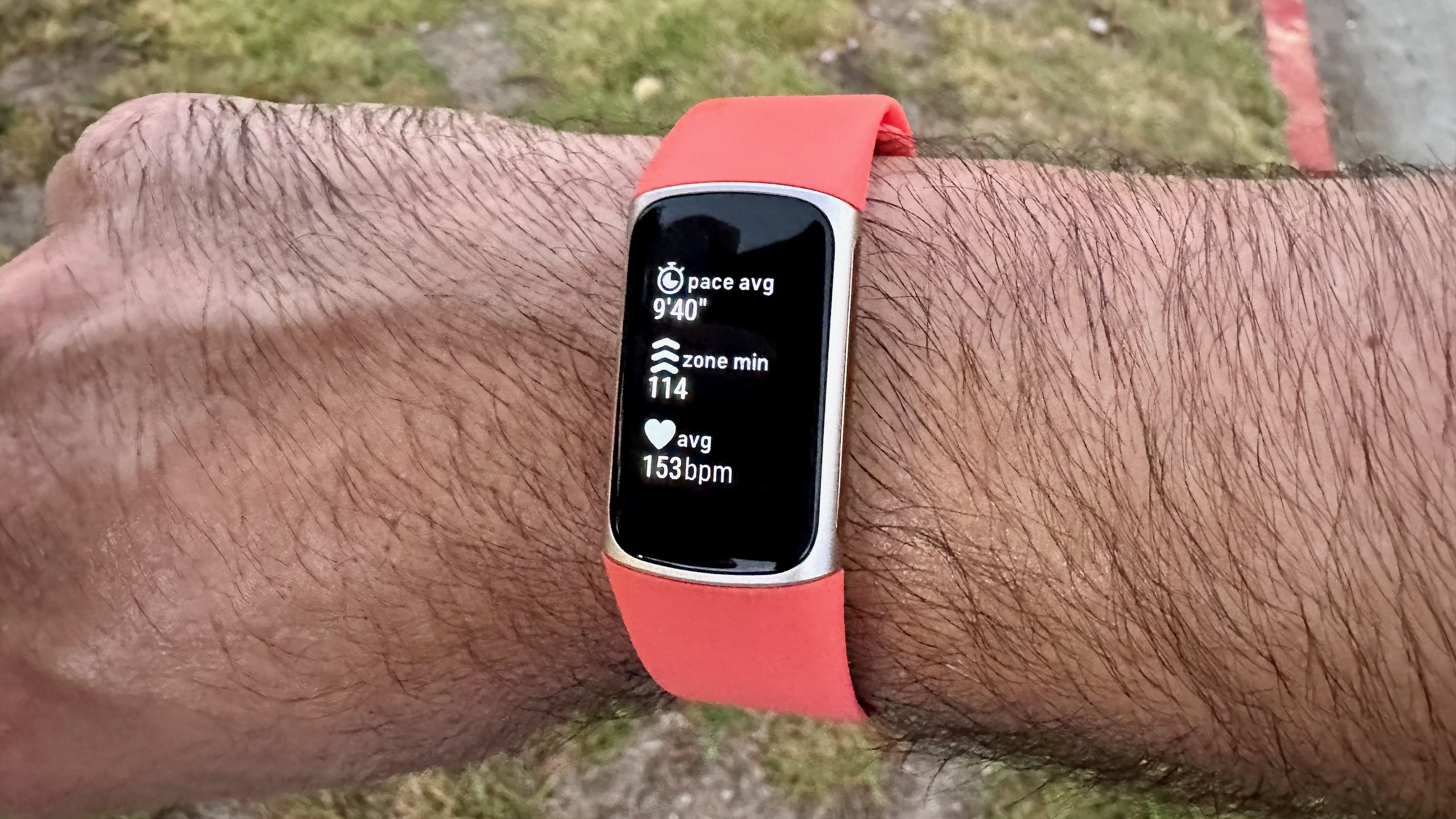
I'm hesitant to fully condemn the Fitbit Charge 6 as a GPS tracker, when it shows flashes of complete competency and is, after all, a $160 device. I'm not expecting multi-band levels of accuracy at this price point, even if the COROS PACE 3 does it at $230. That, after all, is a bulky watch, not a pill-shaped tracker.
Plenty of GPS-only watches that cost twice as much as the Charge 6 aren't especially accurate, either. That's another reason why I don't want to single out Fitbit and Google here. And I certainly wouldn't say that the GPS "won't stay locked on" or is "useless."
On the other hand, I'll emphasize that a consistent 0.1- or 0.2-mile gap in results is significant for runners with a goal of hitting a certain race pace. It changes your "average pace" data by about 10–20 seconds, which could easily make you believe you're faster or slower than you really are until race day disabuses that notion or you hurt yourself overtraining without realizing it.
I'm not going to negate what other Charge 6 reviewers experienced with their GPS issues. It's something that should work consistently in every unit, not prove a crapshoot based on how loosely you wear it or on runners' body composition.
Fitbit couldn't solve the inexorable physical issues of a compact antenna acquiring a signal through our fleshy wrists. Only a thicker fitness smartwatch that sits higher and has more room for an antenna can deliver consistent results.
So, should Fitbit have removed the GPS antenna entirely, given that Dynamic, Built-in, and Connected GPS settings all seem to deliver equally wonky results? Frankly, I might have preferred that they use that space to add an altimeter for judging effort at elevation instead, something Fitbit dropped after the Charge 4.
But built-in GPS sounds better on the box, and most "casual" athletes will just assume the post-workout distance they see is accurate. I'm not really surprised Fitbit kept the feature in its current state, and it's possible that software updates will improve its GPS reliability over time.
In the end, I'm still going to suggest we give the spot for best fitness tracker to the Charge 6. All of its other perks — the health sensor suite, Google apps, comfort, and other points I'll address in my review this week — make it worth the extra $60 compared to the GPS-less Fitbit Inspire 3.
At the same time, I'm less likely to recommend the Charge 6 if you like to keep your phone at home during workouts.

Michael is Android Central's resident expert on wearables and fitness. Before joining Android Central, he freelanced for years at Techradar, Wareable, Windows Central, and Digital Trends. Channeling his love of running, he established himself as an expert on fitness watches, testing and reviewing models from Garmin, Fitbit, Samsung, Apple, COROS, Polar, Amazfit, Suunto, and more.
